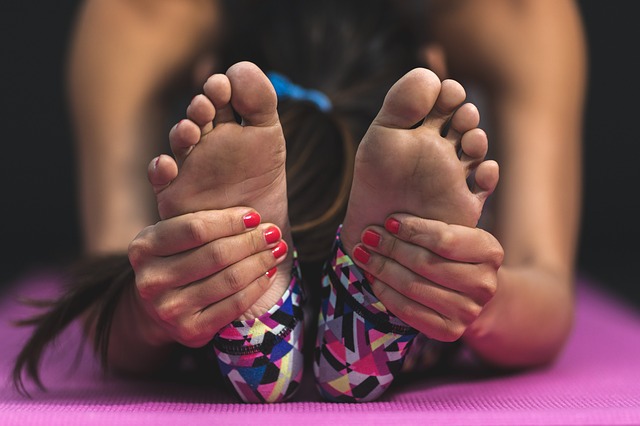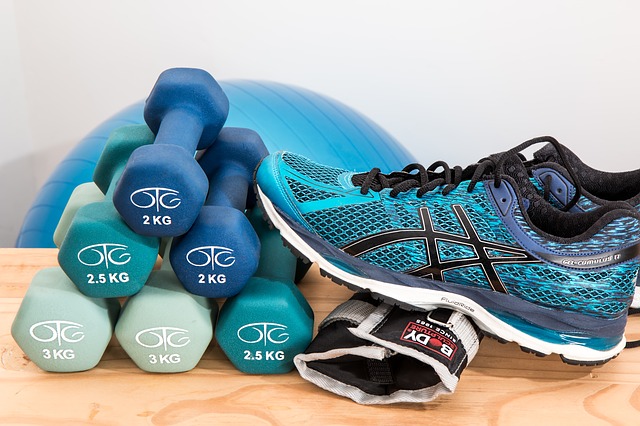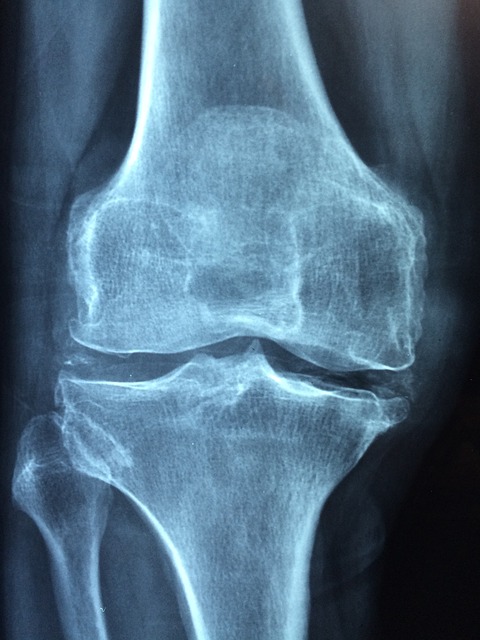Blog
Why You Should Make Shoulder Mobility a Priority
The importance of shoulder mobility
Shoulders are indispensable; we use them for all tasks great and small, before we even reach the gym. This article will highlight the importance of maintaining both shoulder stability and mobility: the stronger your shoulders are, the more you can do; the more mobile your shoulders are, the more you can do without incurring injury. We make shoulder mobility a priority for everyone we treat, because it makes life so much easier and more comfortable.
Getting the Exercise You Need Despite Your Hectic Lifestyle
2.5 hours of exercise a week?! Where can you find that kind of time?
In the back of your head you know you need to be getting at least 2.5 hours of exercise a week. Let’s break it down: 2.5 hours becomes 150 minutes; you begin to realize that you can hit this goal 2 minutes at a time, in 10 minute increments, in 30 minute bursts or an hour at a time. 150 minutes is yours to customize as you like- get creative. And if you need help getting creative, then come to the experts! We are well-versed in the art of micro-exercise. Sneaking in small doses of fitness in the windows of time between your busy schedule.
Your Spine: A Long Term Health Investment
Your spine will always be central to your wellbeing
In the end, few things matter besides the health and well-being of ourselves and our family. Choosing to lead a long, healthy life takes a lot of commitment and work and can still be derailed by the intangibility of injury and disease. But this shouldn’t scare you off: at Family Chiropractic & Natural Healing Center, we want to help you stack the odds in your favor when it comes to living healthily into old age.
The Most Effective Way for Athletes to Train
Training your body the right way
The body is a reflexive organism: it develops enough muscle to perform the tasks it is regularly called upon to perform. You are training every day to achieve feats of physical strength and activity that go beyond the normal biomechanics of human bodies; at Family Chiropractic & Natural Healing Center, we specialize in supporting these endeavors. The ironic reality of strengthening and specializing the body is that these exertions cause injury: straining tissues to make them stronger and introducing your body to unfamiliar movements that ask more of the muscles. Chiropractic care is being sought after more and more for treatment before and after physical performance.
The Importance of Cervical Range of Motion
Take a moment to appreciate your neck and how it moves
Moving your neck from side to side, forward and back is a range of motion that many of us take for granted until unrestricted motion is gone. For athletes, the cervical region’s health should be a priority; after all, how can you perform with a stiff neck?
Increasing Immunity to Ward Off Sinus and Chest Infections
The season of sinus infections is upon us
Sinuses are air filled cavities located in the forehead, cheeks and nose. They allow air to circulate through the nose which helps to drain mucus from the nasal passageways. If they are working properly, you probably don’t notice; it’s when they become blocked that trouble begins. When the sinuses become backed up with mucus, less air can flow through, creating a breeding ground for bacteria that leads to sinus infection: this is what we call sinusitis, as the infection creates swelling and inflammation.
A Better Back Starts with a Better Diet
Why do we make diet so complicated?
There should be no back and forth- the western diet of meats-and-sweets is a broken lie that was peddled by a commodity-crazed food industry and its time is coming to an end. It’s time we demand that our food and health industries place importance on real, nutritious foods rather than processed, imitation flavors that are devoid of nutrients.
A Calm Christmastime Thanks to Chiropractic
Establish body balance and discover mental quietude this holiday season
This holiday season, give yourself and your family the best gift possible by taking control of your wellness. Holidays are the best time for you to focus on wellness factors like reducing stress by increasing the amount of time you spend with family and friends. But on the opposite side of the coin, the holidays can actually increase stress as we worry about finances and social commitments on top of an already busy schedule. Balance, as ever, is of essential importance. Balance is at the core of chiropractic theory and we want you to benefit from our expertise.
Focus on Strengthening Your Back Muscles
It’s one of the of most important things you can do for your whole life
Strengthening your back muscles supports you in the here and now and goes a long way toward mitigating future discomfort from back pain. At our office in Milpitas, we focus on strengthening the back muscles as a means of supporting the spine, especially the segment in the lower back which is responsible for weight-bearing activities. Focusing on strength here allows you to minimize the toll that compression takes on your spine.
Osteoporosis On the Rise
With an aging population, osteoporosis rates are likely to rise.
Osteoporosis is a reality we all have to contend with: at some point in our thirties, our bones begin to lose mineral density and weaken. At first, this condition doesn’t have any outward symptoms; however, if we don’t take action, our weakening bones will leave us vulnerable to serious injury.
The first time many people find out they have osteoporosis is when they break a bone. In this way, osteoporosis doesn’t actually hurt- but the broken bones it causes do hurt, and they can lead to long term health impacts.









